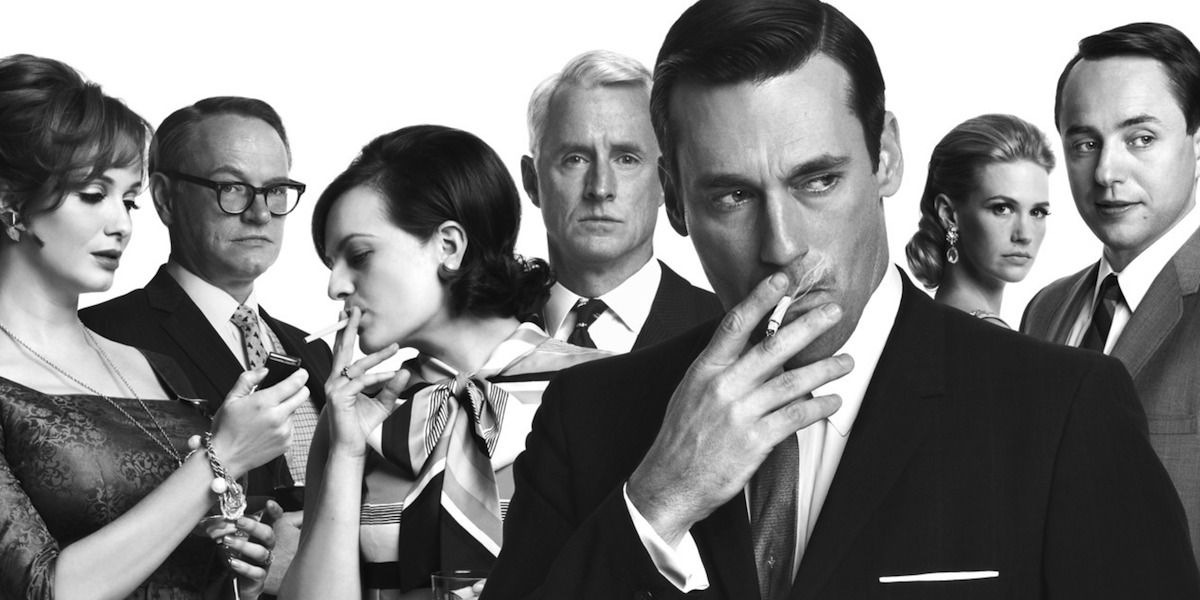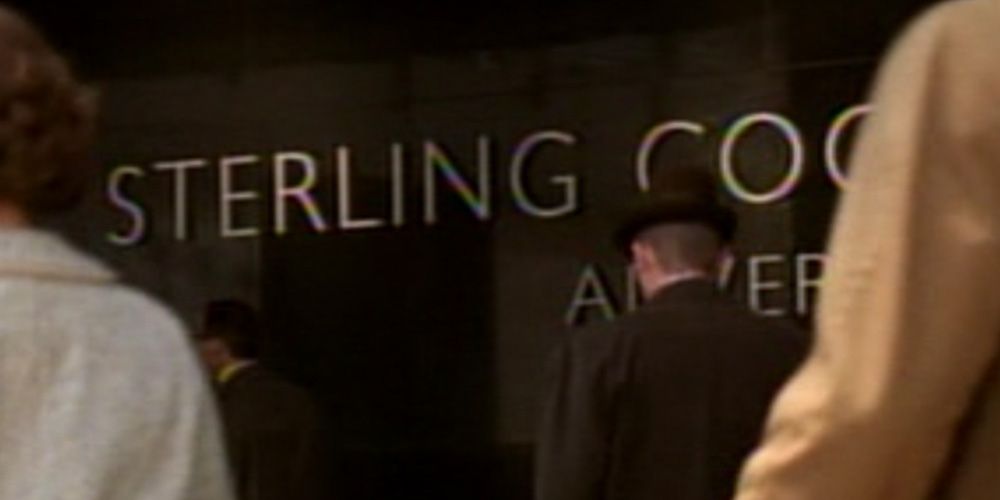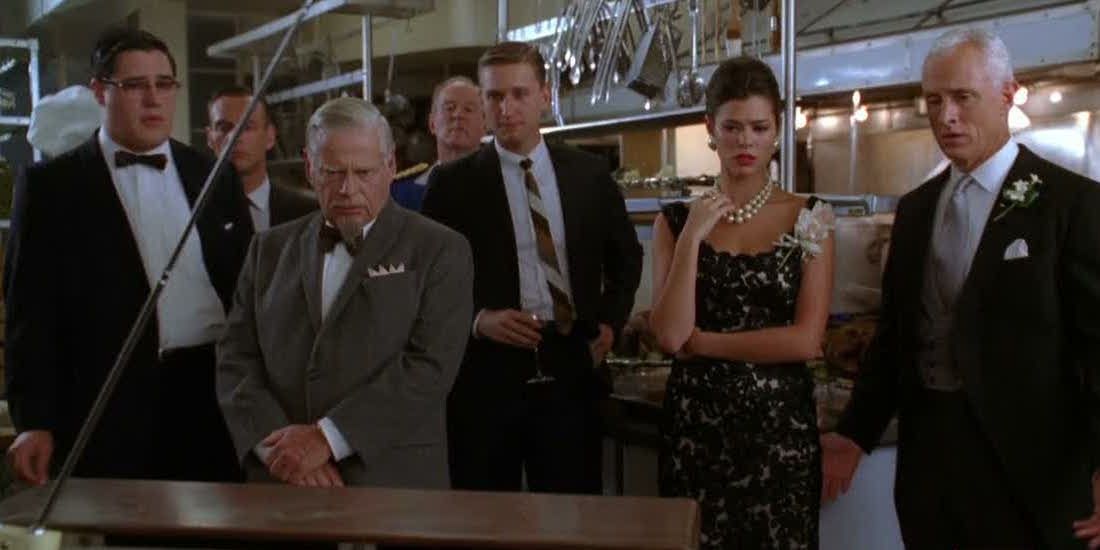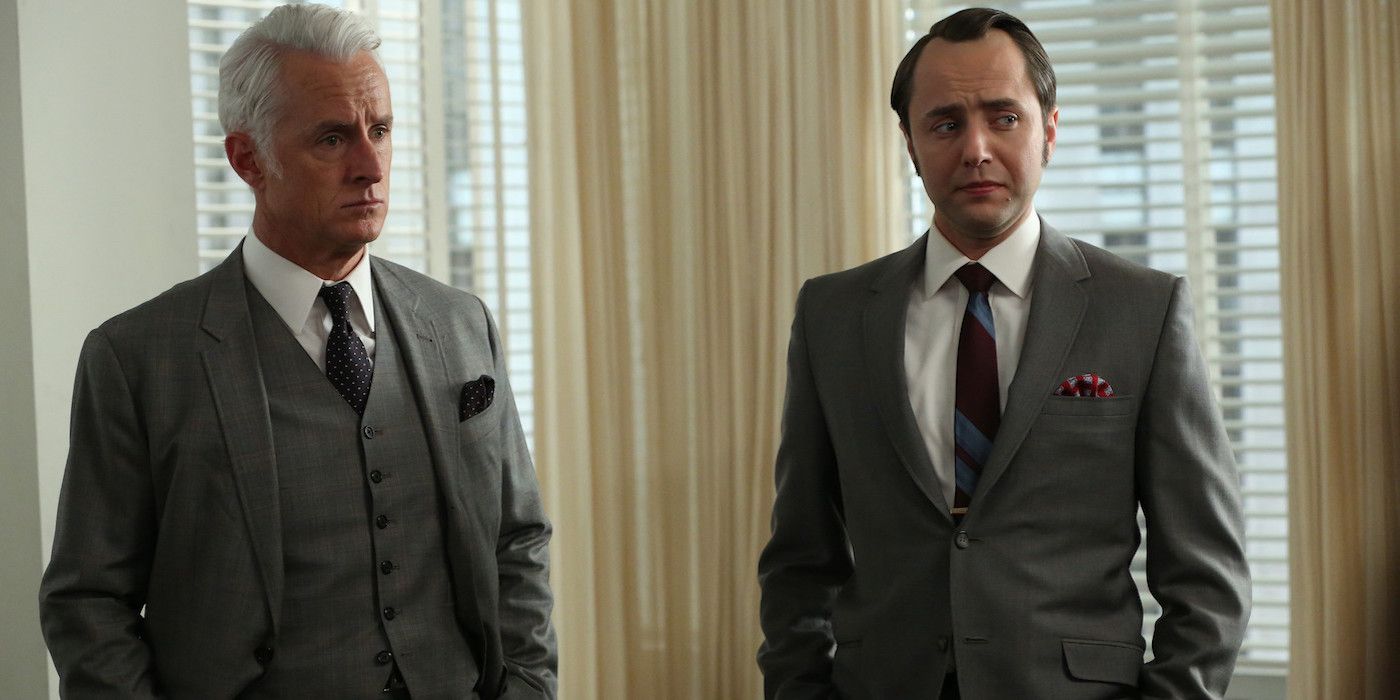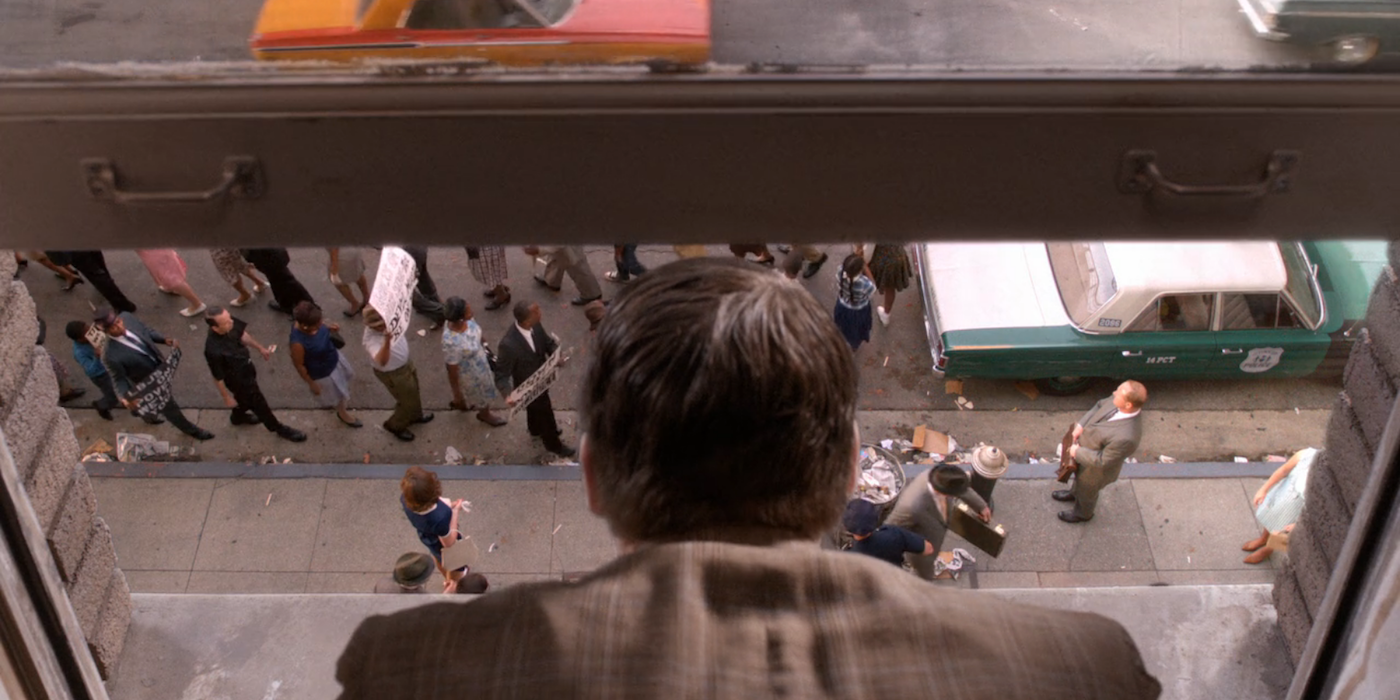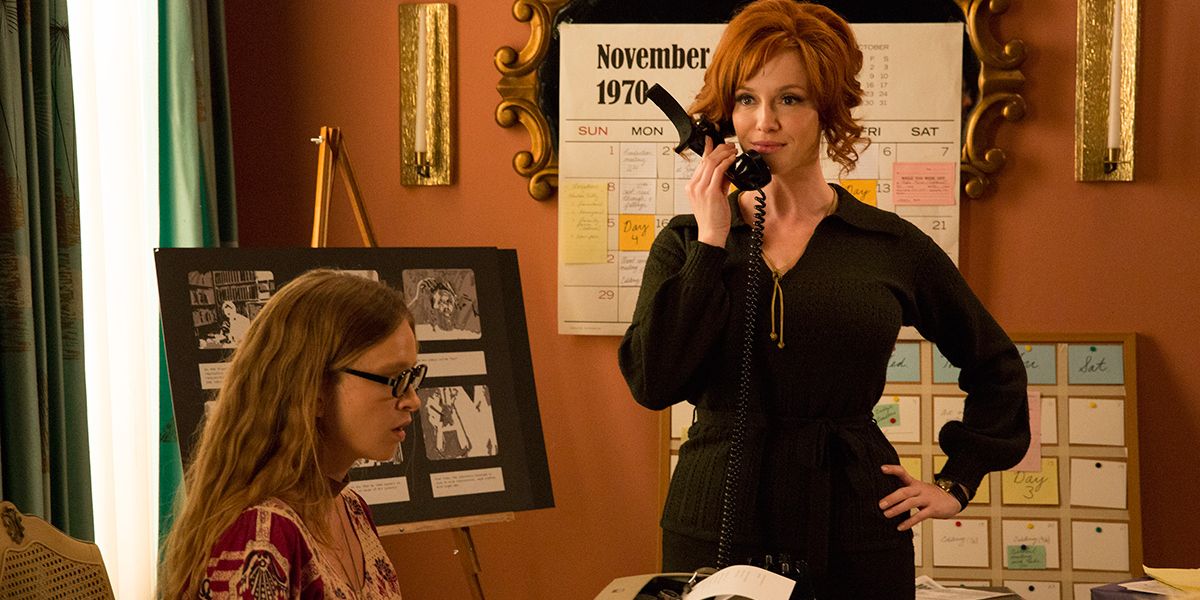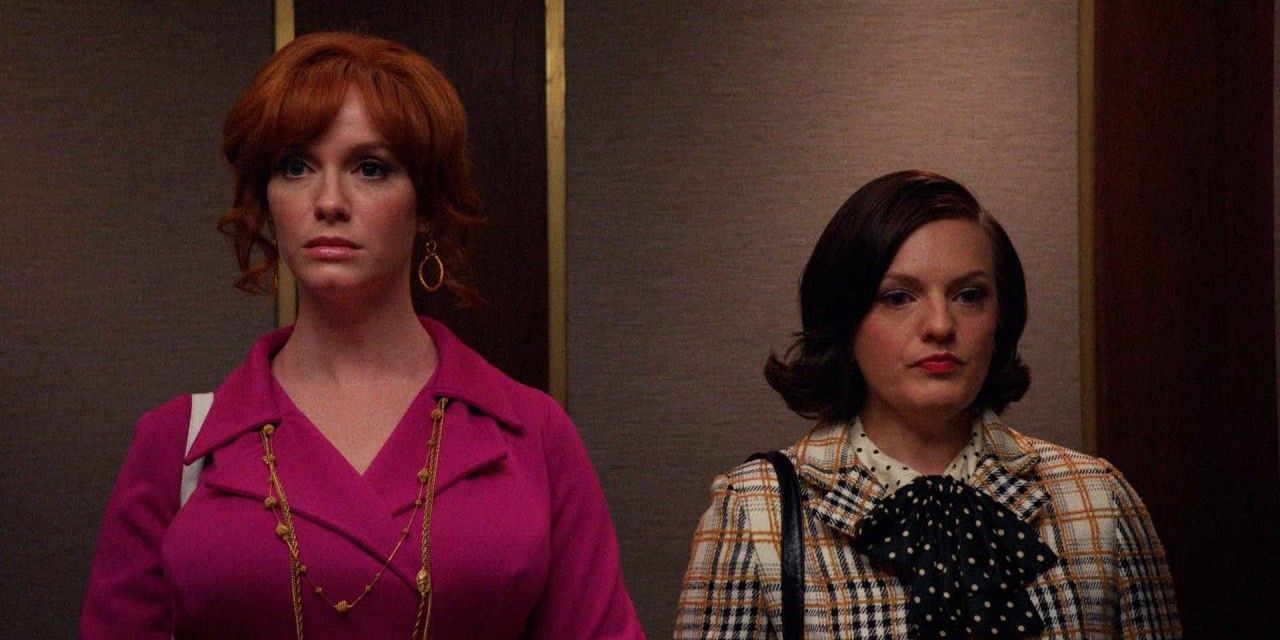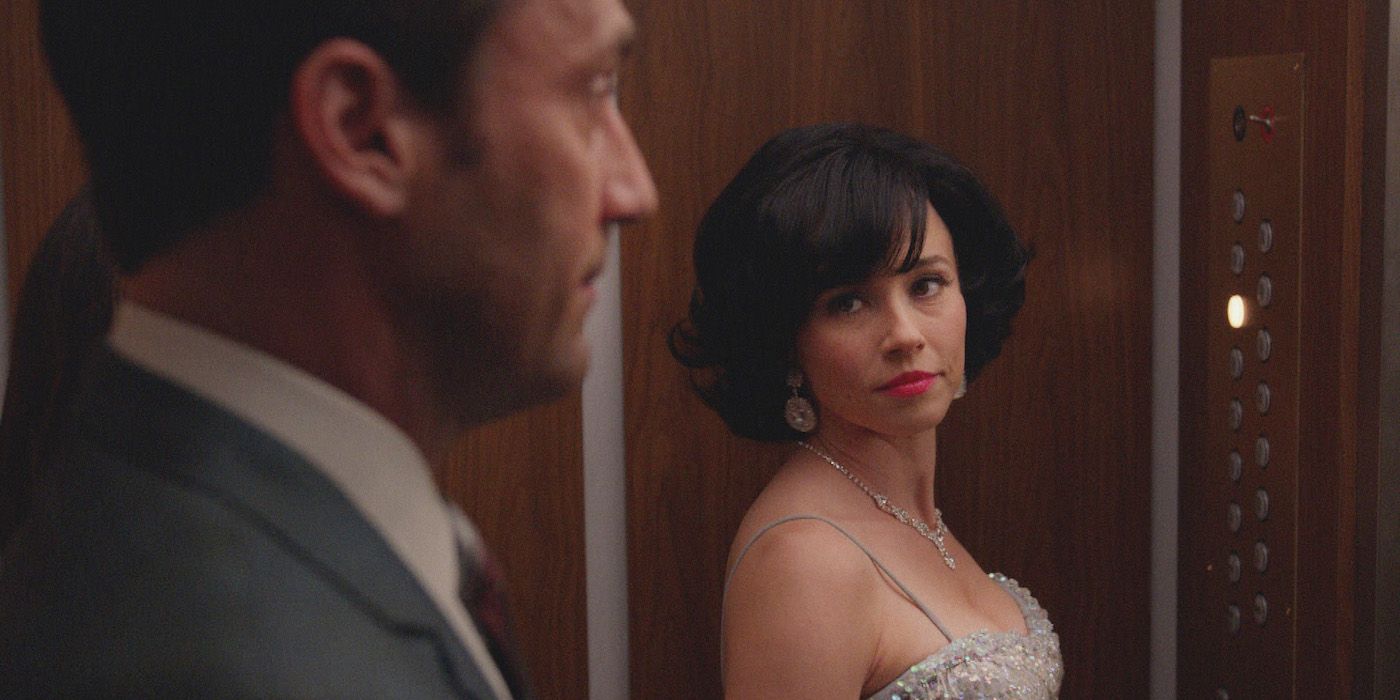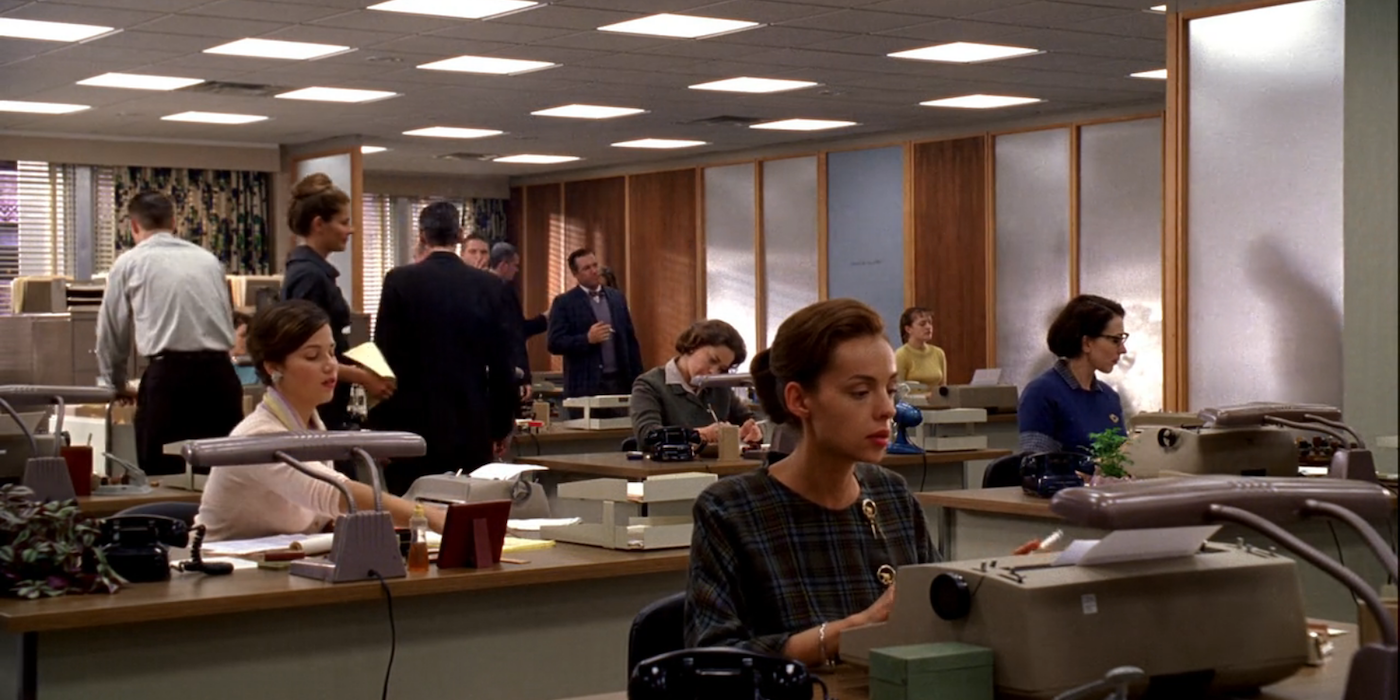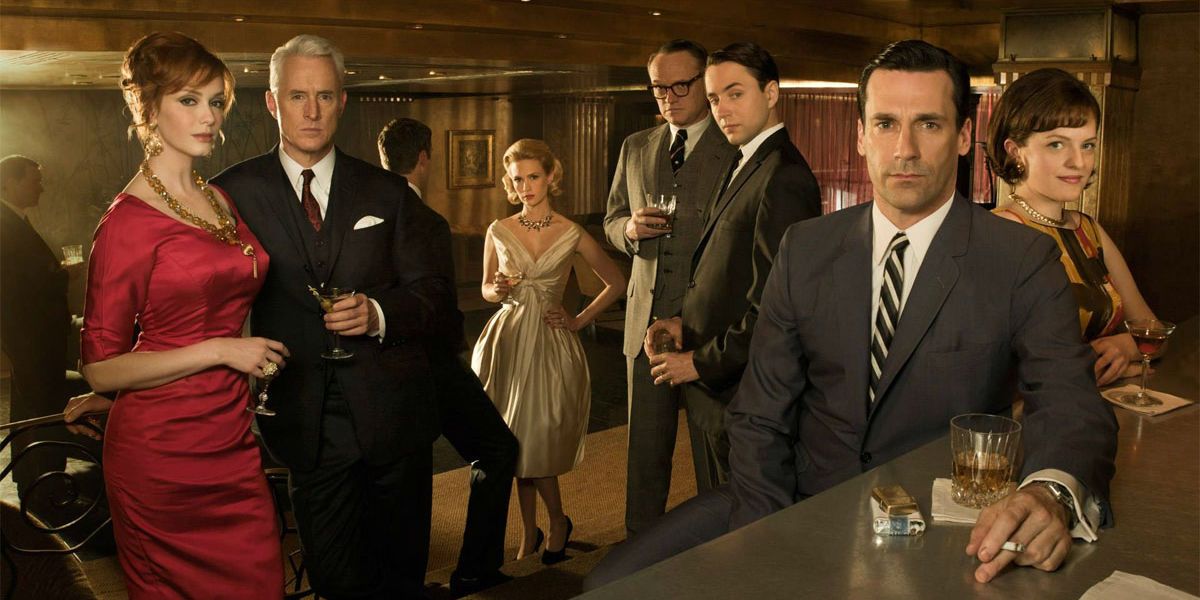It's generally accepted that Mad Men was one of the most historically accurate shows on TV. During its seven-season run, creator Matthew Weiner and the other people behind the scenes paid almost obsessive attention to the period details that brought the show’s 1960s setting to life.
That doesn’t mean the show got absolutely everything correct, though. Mad Men was a work of historical fiction, and, despite the impeccable research that went into the show, every now and again a mistake slipped through. Here we’ll explore some of the historical details Mad Men got right and point out a few times when things weren’t completely accurate.
Fabricated: Font Usage
When it comes to typeface, most of us can’t tell our Helveticas from our Ariels. However, font designer Mark Simonson can and he noticed many anachronistic typefaces on Mad Men. One of the most obvious errors; the use of Gill Sans in Sterling Cooper’s logo and signs. Although the font existed in the 1960s, it was a British typeface and didn’t become popular in America until the 1970s.
In addition. many of the ads created by Sterling Cooper's employees feature fonts that hadn’t even been created yet. For example, a lipstick ad uses typefaces from 1980 and 1978. Other ads use fonts from 1975, 1989, 1998, and even 2002. It seems like typeface may be one area where Weiner and his team didn’t do their homework.
Accurate: Historical Events
From the Vietnam War to the moon landing, Mad Men often incorporated important historical events into its story. For example, the Cuban Missile Crisis, which happened in October 1962 during the Cold War, is a source of anxiety for the characters. The show accurately captures the way people at the time worried that the United States and the Soviet Union would finally come to blows.
Similarly, the assassination of John F. Kennedy plays an important role in the third season episode, “The Grown-Ups,” when Roger Sterling decides against postponing his daughter Margaret’s wedding. Despite the celebration, all the guests are more interested in the national news than Margaret’s happy day.
Fabricated: Competitive Colleagues
The ad agencies on Mad Men are depicted as ruthless environments where everyone would do anything to get ahead. According to people who were there, while those that worked in advertising in the 1960s were ambitious, they weren’t so ambitious that they weren’t friendly. Plus, many admired the talents their colleagues brought to the table.
This admiration and collegial environment would have prevented many of Pete Campbell’s antics in pursuit of new business for Sterling Cooper. One incident, in particular, where Pete forces Roger to leave a client meeting, wouldn't have happened. A junior colleague would never treat a superior that way. However, it’s that tension between characters that makes for good TV. So in this case, Weiner may have simply decided to emphasize drama over accuracy.
Accurate: Race Relations
Mad Men periodically dealt with race relations, although people of color were often relegated to background players in the show’s story. During a discussion that takes place sometime in 1962, Roger mentions that the ad firm BBDO has just hired its first black employee. This was mostly true. In 1962, BBDO hired their second African American executive.
Similarly, the fifth season premiere opens with a scene that was literally ripped from the headlines. A New York Times article from May 1966 called “Poverty Pickets Gets Paper-Bag Dousing on Madison Avenue” describes a scene in which executives from the agency Young & Rubicam throw a container of water and water-filled paper bags at protestors at the Office of Economic Opportunity. Following the incident, some of the doused protestors came to Y&R to find and confront the perpetrators. Mad Men portrays the event as described, although it was criticized for its depiction of the ugly racism of that day.
Fabricated: Language
On more than one occasion the show used language that was inappropriate for the era. Phrases like “I’m in a very good place right now” and “I am so over you” weren’t in use in the 1960s. Also, Joan quotes Marshall McLuhan’s proclamation that “the medium is the message” in season 1 which takes place in 1960. However, the statement wasn’t widely known until it was published in McLuhan’s book Understanding Media in 1964.
Historian Benjamin Schmidt claims that the show’s biggest language struggles happen in the office. Modern business-speak sneaks into the show regularly, including the use of words like “leverage,” “signing bonus,” “keep a low profile,” and “even the playing field.” And the show’s most egregious error may be its frequent use of the phrase “I need to,” which is often used today but wasn't in the 1960s.
Accurate: Treatment of Women
When Mad Men was on the air, its treatment of women received a great deal of attention. The women of the series, including Peggy, Joan, and Betty, all suffer indignities at the hands of men. And their choices often seem to be limited by their gender.
While that’s hard for many women to watch now, according to historian Stephanie Coontz, it’s sadly accurate. Most of the series takes place before the National Organization for Women was founded to fight for women’s rights. Plus, many states had laws that gave husbands the final say over decisions for the family, and harassment and discrimination were established and accepted as part of the culture.
Fabricated: Divorce Rate
One criticism leveled at the show’s historical accuracy revolves around the shockingly high divorce rate of the show’s characters. In the course of the show, major characters, including lead character Don Draper, were married and divorced multiple times. Of course, TV drama demands that these characters don’t have the most stable relationships.
However, evidence suggests divorce wasn’t nearly as widespread during the 1960s. Between 1962 and 1967, the divorce rate in the Northeast was 11 percent and New York’s divorce rate was the lowest in America. For white people and people further up the corporate ladder like many of the show's characters, the rate was even lower. You wouldn’t know it by watching Mad Men, though.
Accurate: Infidelity
One of the things Mad Men became famous for was its depiction of the many affairs of the people in the ad business. Casual encounters and infidelity were run rampant on the series. By many accounts, this is exactly what was happening on Madison Avenue in the 1960s. The first oral contraceptive was approved by the FDA in 1960, right when the series begins, and it led to a new sense of sexual freedom. According to Jane Maas, who joined Ogilvy & Mather in 1964, the affairs were the result of the long working hours the business required combined with the mingling of lonely older men and eager single women.
Fabricated: Anachronistic Details
Although much of Mad Men is historically accurate, there are some details that are ahead of their time. For instance, in one season 4 episode, which takes place in 1964, Don watches a football game on TV. The game even includes a slow-motion replay. Yet, NFL games weren’t broadcast in prime-time until 1970 and slow-motion wasn’t available until 1965. In addition, the Selectric typewriters used by the secretaries in the 1960-set season 1 weren’t actually available until 1961. Also, in a season 3 episode, the drummer at Roger’s garden-party was using a crash cymbal that wasn’t available until the 1980s.
Accurate: The Look
With a few exceptions, the sets, props, and costumes of Mad Men were designed to be period accurate down to the smallest details. In fact, costume designer Janie Bryant has confessed that the women wore period undergarments to ensure that the costumes achieved the correct silhouette and so the actors felt like they were in the 1960s.
In addition, Bryant and Weiner paid close attention to the time of year when each show’s season took place and made sure the costumes were seasonally appropriate for the weather in New York. Weiner also demanded that the fruit shown on the show wasn’t too large or attractive. Produce from the 1960s wasn’t as large and pristine as fruit today, so this was a small but important detail to help bring the time period to life onscreen.

